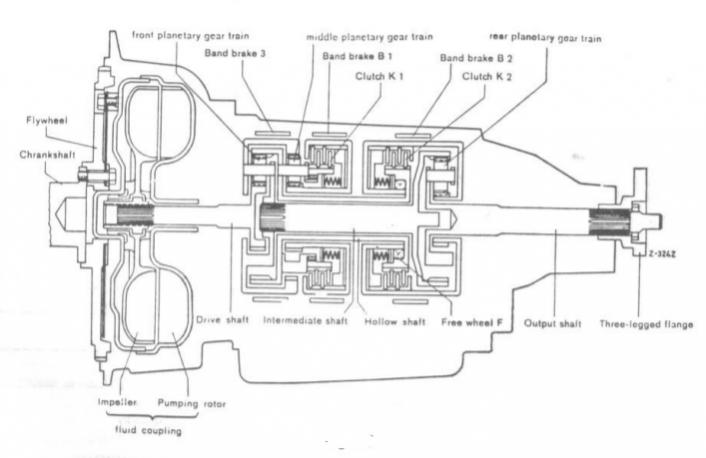Bellow
Hardcore MB Enthusiast
and that metal vacuum tube with the banjo unions that runs to the manifold- that could in theory be fabricated from nylon vacuum tube described earlier by Bellow but the banjo connections might be useful.
Given what I have subsequently seen since posting on the subject (the plastic pipes I referred to were for central locking) namely the smallness of the dashpot and ruggedness of the steel pipes - I can't help but suspect that significant vacuum is being tapped into. I'd fabricate from metal (copper/cunifer brake pipe) if they need to be made, sourcing a banjo from a fuel line application. Plastic may well collapse. Steel for a reason I think.



